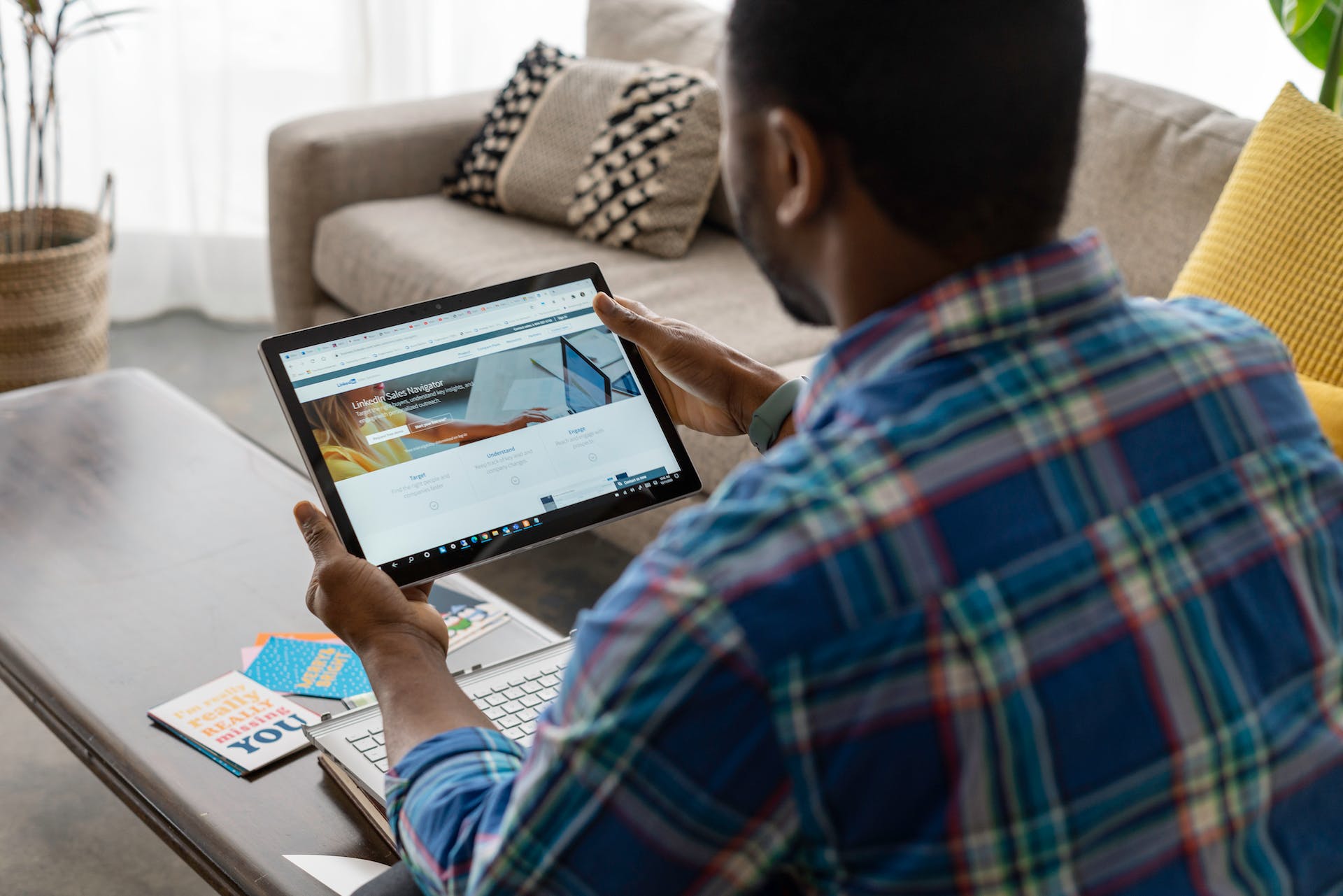LinkedIn outreach is essential to expand your professional network, increase visibility, and attract potential employers or clients. It offers a unique opportunity to connect with people in your industry, showcase your skills and experience, and build meaningful relationships.
However, simply having a LinkedIn profile is not enough. With approximately 930 million users, having a profile is not enough. You must know how to effectively reach out to potential connections and engage with them in a professional, respectful, and compelling way to make the most of this platform.
This article will provide valuable tips and strategies for successful LinkedIn outreach. Whether you're a job seeker, a freelancer, or a business owner, these tips will help you achieve your goals and grow your network on this social platform.
Know Your Target Audience
Before starting your LinkedIn outreach campaign, research and identify the right prospects for your outreach campaign. You can identify your buyer personas to help you understand their pain points and needs.
To create them, define their profiles based on industry, job titles, and demographics. You can also reverse-engineer the process by categorizing your current customers according to your chosen demographics. Also, check out your competitor clients and identify their demographics.
Doing so lets you single out the common denominators for each of their demographics, which you can use to build your buyer personas. Then, go to LinkedIn search to find people relevant to your buyer personas. The great thing about the platform’s search feature is its extensive filtering options.
Start by typing in the position of the person whom you want to contact. On the results page, click on the People tab to show you users in the platform who currently hold the position. From here, you can filter the users according to seniority, connections, locations, and current company. These should narrow your list of potential prospects for your outreach campaign.
Use LinkedIn Sales Navigator

LinkedIn Sales Navigator is a premium tool for prospecting and outreach. One of its key advantages is its ability to help you easily find the right prospects using advanced search filters. This advanced tool lets you narrow your search results to target people most likely interested in your product or service. These filters include the following:
- Geographic location
- Industry
- Company size
- Job title
- Seniority level
- Years of experience
It also lets you send messages to users outside your network via InMail. This feature has an open rate of 57.5%, which is higher than email’s open rate of 21.6%.
Another feature of Sales Navigator is its ability to help you stay organized. With its Lead Lists feature, you can save and organize your leads into different categories, making tracking your outreach efforts easier. You can also set up alerts to notify you when a lead takes a specific action, such as changing jobs or posting an update.
In addition, Sales Navigator provides insights into your prospects that can help you tailor your outreach efforts. For example, you can see if a prospect has recently changed jobs or if they have posted an update about their business. Its features enable you to grow your network and have updated information on all of them.
Write Your Outreach Messages
Regarding LinkedIn outreach, crafting the perfect message can make all the difference. Here are a few tips to help you write effective outreach messages that will grab your prospect's attention:
- Avoid generic templates and mass messages - Personalization is key to outreach messages. Take the time to research each prospect and tailor your message to their specific needs and interests.
- Craft subject lines that stand out - Your subject line is the first thing your prospect will see in their inbox. Make sure it's attention-grabbing and relevant to the content of your message.
- Use personalization and urgency - Including personal details in your message and creating a sense of urgency can help increase open rates. Let your prospects know why you're contacting them and why they should respond quickly.
- Avoid long and rambling messages - Keep your message concise and to the point. In fact an InMail message with less than 400 characters has a 22% response rate.
- Focus on the key benefits and value proposition of your offer - Your message should convey the value of your offer and how it can benefit your prospect. Highlight the key features and benefits of your product or service.
- Encourage prospects to take action - Your message should include a clear call to action (CTA) that encourages your prospect to take the next step. Whether scheduling a call or visiting your website, make it easy for them to take action.
- Use your signature to make a good impression - Your signature is an opportunity to make a good impression on your prospect. Include contact information, a link to your portfolio site, and any other information that would showcase your skill set.
Follow Up Strategically
When reaching out to prospects on LinkedIn, set up a follow-up sequence to stay top of mind with potential customers and increase your chances of getting a response.
To save time and resources, this task is best performed via automation. Find a platform that lets you set up automated LinkedIn follow-up sequences so you can focus on other aspects of your business while still staying engaged with your prospects. The tool you choose should also provide analytics and reporting features to track your results and refine your approach over time.
In addition to automating your follow-ups, use different channels to reach prospects. Email, phone, and social media can connect with potential customers and keep the conversation going. This way, you increase your chances of getting a response and building a relationship with your prospects.
Measure and Analyze Your Results

Optimizing your LinkedIn outreach strategy requires you to measure and analyze its results, which is key to successful campaign management. Tracking your outreach metrics, such as open rates, response rates, and conversions, can give you valuable insights into the effectiveness of your outreach efforts.
By analyzing your results, you can identify what's working and what's not and make data-driven decisions to improve your outreach strategy.
LinkedIn and other tools you’re using for this campaign should offer analytics data that can help you track your outreach metrics. Monitor the performance of your outreach campaigns, track engagement rates, and identify which messages resonate with your target audience.
You can then put the gathered data into action by running A/B tests. This involves sending two versions of an outreach message to a small sample of your target audience and measuring which version performs better. Using A/B testing identifies which messaging and design elements are most effective in driving engagement and conversions.
Conclusion
Now that you have learned about the best practices for LinkedIn outreach, it's time to put them into practice. To recap, some of the key tips include:
- Identify your target audience and buyer persona.
- Use LinkedIn Sales Navigator to find your audience much easier.
- Personalize your message to show that you have done your research.
- Send emails and follow-ups using automated tools.
- Analyze the campaign results and make necessary adjustments. By implementing these tips, you can stand out from the crowd and make a meaningful connection with your target audience. Remember, LinkedIn outreach is about building relationships and trust, so take the time to craft thoughtful and personalized messages.
About the author:
Christopher Jan Benitez is a freelance writer for hire specializing in digital marketing. His work has been published on sites like Monitor Backlinks, Niche Pursuits, Visme, On The Map Marketing, and others.
What would you like to know, and what would be the best way to share this information with you? What are the best tips & tricks, what workaround do you use? We'd really appreciate your insight on these ones to make our integrations better, more productive, and much more efficient. Comments, tweets are always welcome.